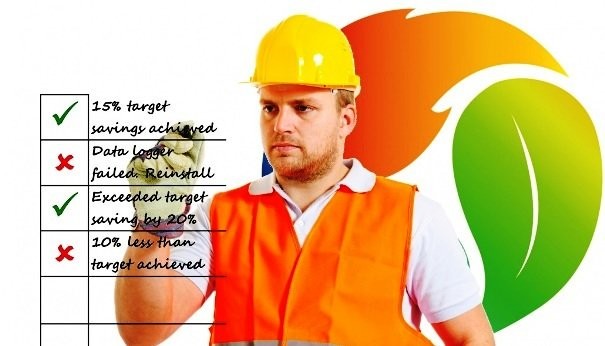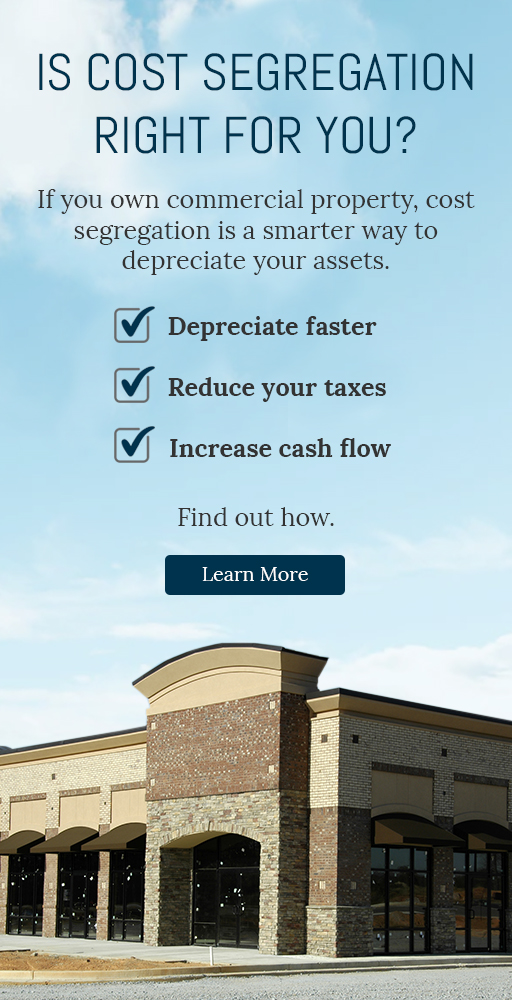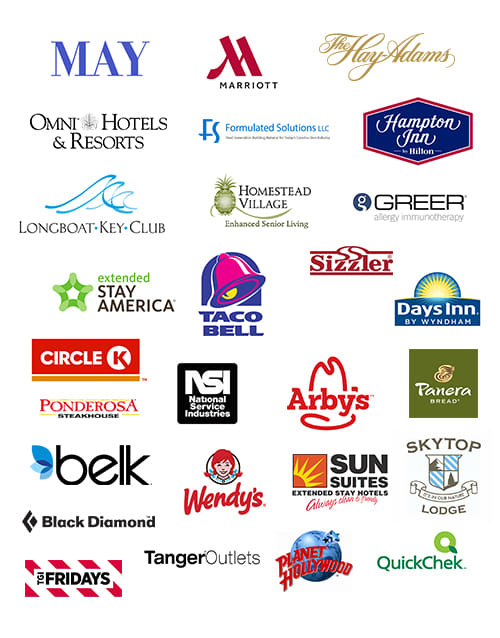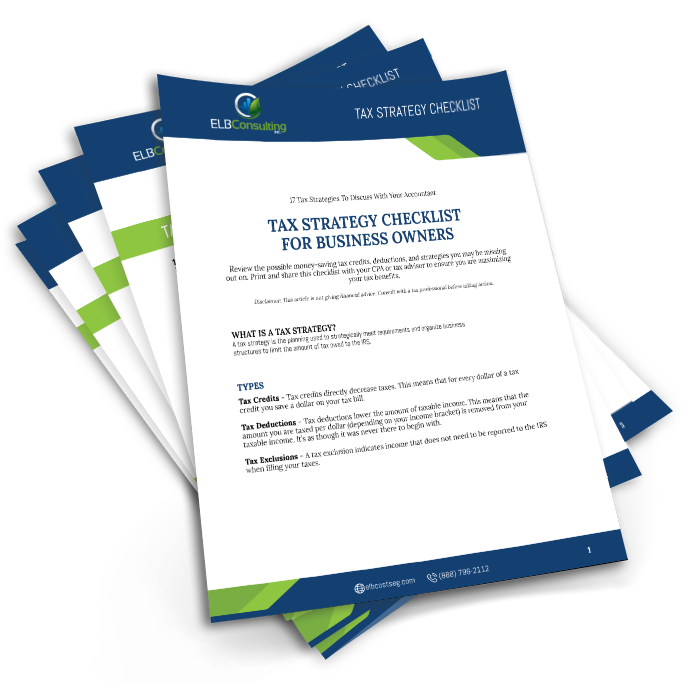Going green is sound business. But what does this really mean?
Most people think that going green means installing new lighting controls, sensors, and lighting retrofits. Or it means upgrading to more efficient HVAC systems and investing in solar panel covered parking, or adding UV film to south and west-facing glass. It is thought of as any of the many avenues you may pursue to become LEED compliant or earn a higher Energy Star score. These are all green strategies (and good things) but they may come with a hefty price tag. Before taking that path, there is a sustainable alternative to capital expenditures.
Improving the sustainable & financial performance of your facility
Being green is essentially a matter of being good stewards of the resources needed to operate your facility regardless of its operational function, be it hospitality services, commercial office space, multi-family housing, industrial operations or manufacturing.
The spectrum of sustainable business systems, opportunities and cost reductions is vast, though in many cases these may only require properly tuning your facility.
The Importance of Proper Training on Sustainable and Eco-Friendly Facility Technology
The way in which resources (energy, water, waste) are managed is a product of hundreds of individual decisions by operators, production planners, facilities managers, and procurement. Many of these operating decisions are made in the context of the individual systems, not taking into account the overall impact on resource performance.
Frequently building operators are not properly trained on the full automation aspects of the various systems and may manually override certain components in order to solve a service request. Because they may not be fully trained or familiar with overall system capabilities, these behaviors nullify any benefits of the technology in place. Operating building automation systems outside their intended design will certainly to drive up resource consumption and expense.
Once it comes time to pay the various invoices, perhaps as long as 60 days later, the finance and accounting departments typically just process and pay the bills. They may only take exception if there are significant anomalies in the expense line reconciliation. Of course, by this time, the systems have been operating outside norms for 30 to 60 days, driving up utility and overhead expenses.
Effectively Managing the Energy Resource Expense Line
To effectively manage the energy resource expense line, you first need to understand ‘how, when and where’ consumption and waste occurs in your facility through an energy audit process. As a result of the audit, Energy Management Opportunities (EMO’s) will be identified. In this, there will be practical methods to tune your building and implement no and low-cost EMO’s to quickly and easily realize savings. It then becomes imperative to meter, measure and actively monitor energy consumption to maintain optimal performance and watch for operational anomalies.
Just like a high-performance sports car, most buildings are laden with numerous sophisticated automation systems and controls that address the various operational applications:
- General and specialized lighting
- Elevators
- HVAC
- Boilers
- Chiller plants
- Hot water systems
- Water management for pools
- Landscaping or fountains
- Waste management
When a facility is not considered as a whole system, then the degradation of overall performance is highly likely to occur.
With the ever-increasing cadre of individual building automation and intelligence systems, certain non-essential components may become overlooked or manually overridden at the behest of making tenants and consumers comfortable. When these systems are overridden, the result is less than optimal performance and increased operational expenses.
As in the sports car analogy, even minor operating components like dirty fuel injectors, spark plugs, air filters, worn brakes or low fluids, can impact operating performance. However, when properly diagnosed and a few minor adjustments are made, optimal performance is achieved, whether it is an automobile or a building.
Benefits of a Comprehensive Whole Building Assessment
Through a comprehensive whole building assessment, ‘how, when and where’ energy is used can be understood and a baseline set. Once established, EMO’s and expense reducing opportunities that are normally unable to be identified or evaluated individually, can be identified and fine-tuned to achieve positive operational and financial results.
Focusing first on fine-tuning and adjustments to the systems currently in place, can and will expose many sustainable opportunities to achieve optimal performance and reduce expenses without significant capital expenditures. The ongoing measurement, monitoring, and management of the collective systems will also engage a process of continuous improvement.
By implementing a comprehensive energy management assessment into the disparate systems and their performance characteristics, not only will you generate better returns and increase asset value, you will improve the environment.
You may be missing out on tax benefits.
Own commercial property?
We can help you find smarter ways to depreciate your property and reduce your taxes. Tell us about yourself and we’ll see how much you could be saving.




